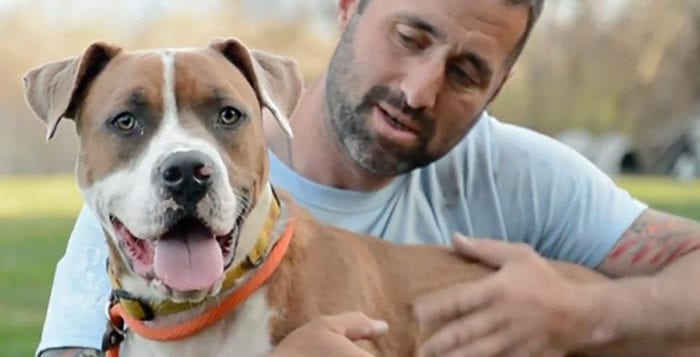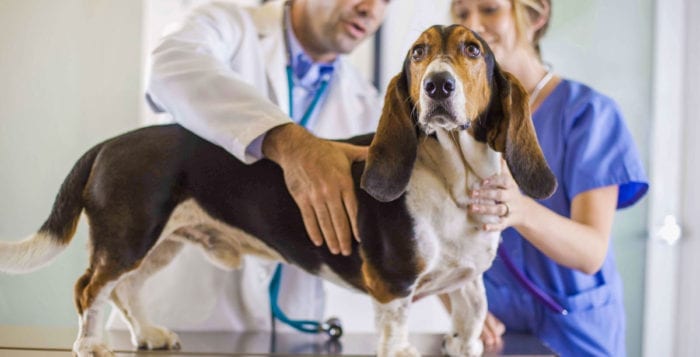By Matthew Kearns, DVM
I recently saw an article in Forbes Magazine entitled, “Be Cautious Buying Drugs for Your Pet Online.” While many internet pharmacies are legitimate, there are also many that are not.
Illegal internet pharmacies have become such a problem that there is an annual international operation called Operation Pangea to try to tackle the sale of illegal and illicit medications. Pangea refers to a hypothetical land mass that included all continents before they separated. Operation Pangea includes help from over 100 countries, over 200 agencies, and targeted over 4,000 internet pharmacies worldwide.
 The National Association of Boards of Pharmacy (NABP) estimates that a large percentage of internet pharmacies are not in compliance with federal and state laws, or NABP safety and pharmacy practice standards. Some carry outdated, counterfeit, mislabeled or incorrect drug dosages. Others buy in such bulk (in order to offer discounted prices) that they are not able to store medications in appropriate environments. Rather, they are stored in conditions that are too hot, cold or humid. Many illegal online pharmacies can also put us at risk for credit card fraud or identity theft.
The National Association of Boards of Pharmacy (NABP) estimates that a large percentage of internet pharmacies are not in compliance with federal and state laws, or NABP safety and pharmacy practice standards. Some carry outdated, counterfeit, mislabeled or incorrect drug dosages. Others buy in such bulk (in order to offer discounted prices) that they are not able to store medications in appropriate environments. Rather, they are stored in conditions that are too hot, cold or humid. Many illegal online pharmacies can also put us at risk for credit card fraud or identity theft.
So how does one find safe medications for our pets? The FDA has come up with the acronym AWARE to protect us and our pets in the world of online pharmacies.
A — Ask your veterinarian.
W — Watch for red flags such as the medication does not require a veterinarian’s prescription, the pharmacy does not list its physical address, phone number or contact information, the pharmacy is not based in the U.S., the pharmacy is not licensed by the State Board of Pharmacy in the state in which it does business, the pharmacy does not protect your personal information, and the pharmacy has medications at significantly lower prices than your veterinarian. These are all red flags that should make one very wary.
A — Always check accreditation. The NABP has created a voluntary accreditation program called Veterinary-Verified Internet Pharmacy Practice Sites, or Vet-VIPPS for short.
R — Report problems and suspicious online pet pharmacies to the FDA.
E — Educate yourself about online pharmacies. The best defense against an illegal pet online pharmacy is education.
I know it sounds self-serving but most veterinary hospitals will make every attempt to match reputable internet pharmacy prices and, in some cases, beat those prices. There are also rebates only available to veterinary practices that we can pass along to you. More importantly, veterinarians can ensure that medications we dispense are inspected and approved by the FDA and packaged and manufactured according to U.S. government regulations. Pharmaceutical manufacturers will only honor products that are prescribed by and purchased from the pet’s veterinarian.
Everyone remembers the saying, “if it sounds too good to be true, it probably is.” I think it is a better idea to purchase medications directly from your veterinarian. However, if you do not, be AWARE.
Dr. Kearns practices veterinary medicine from his Port Jefferson office and is pictured with his son Matthew and his dog Jasmine.















